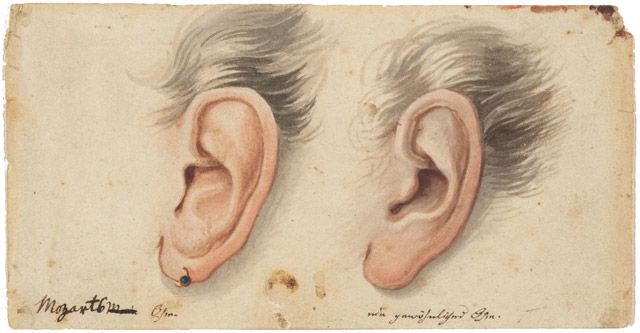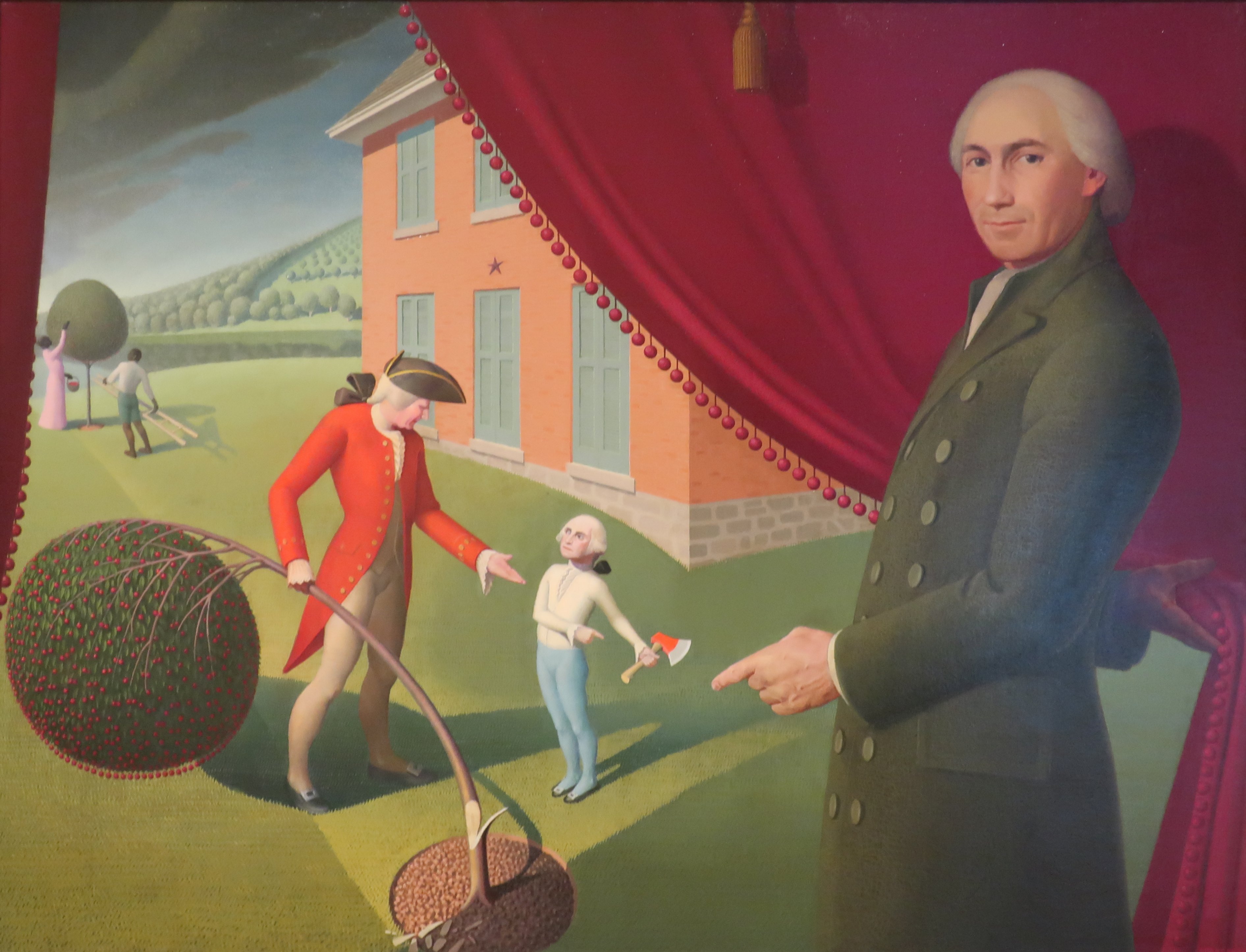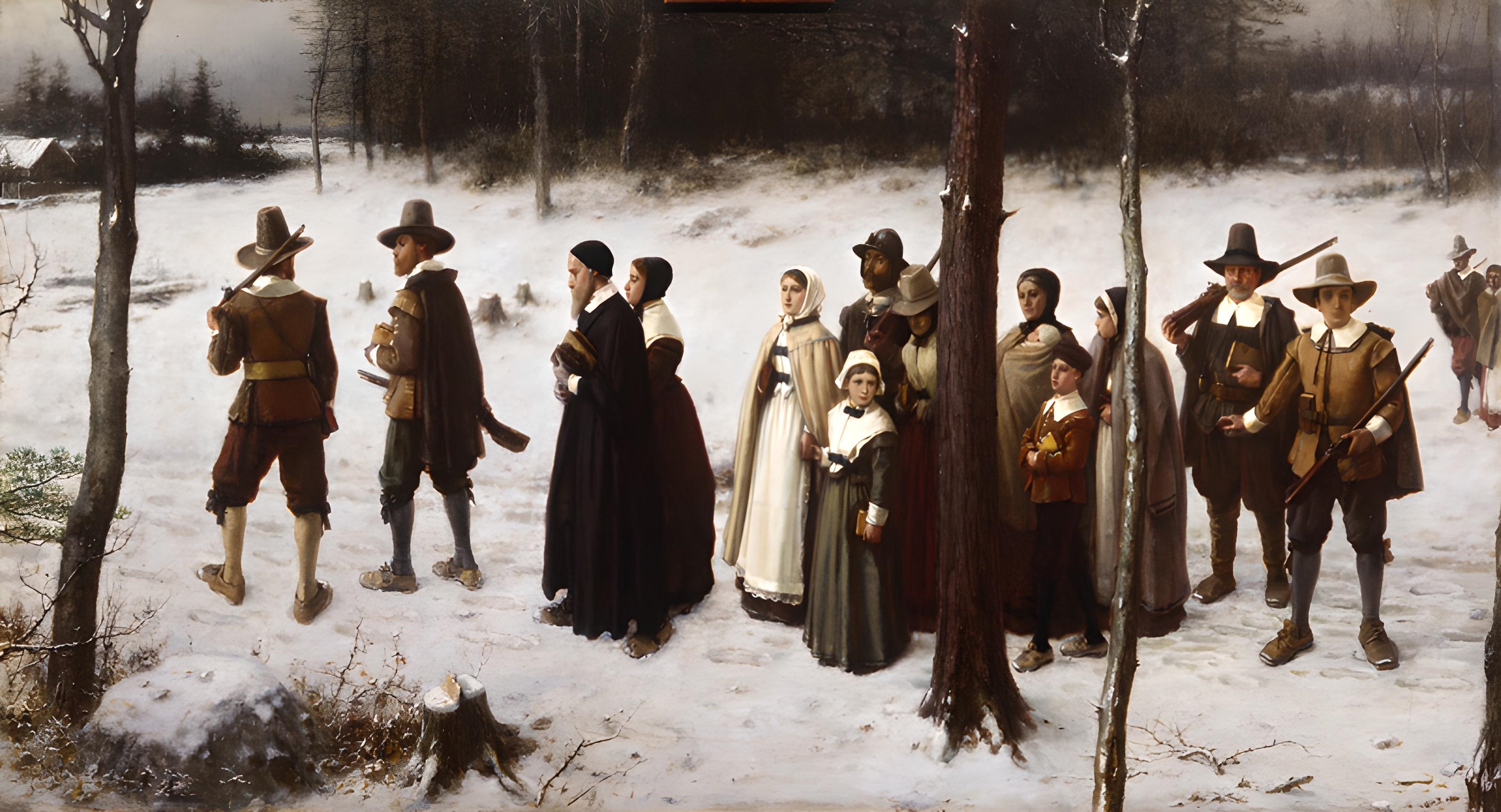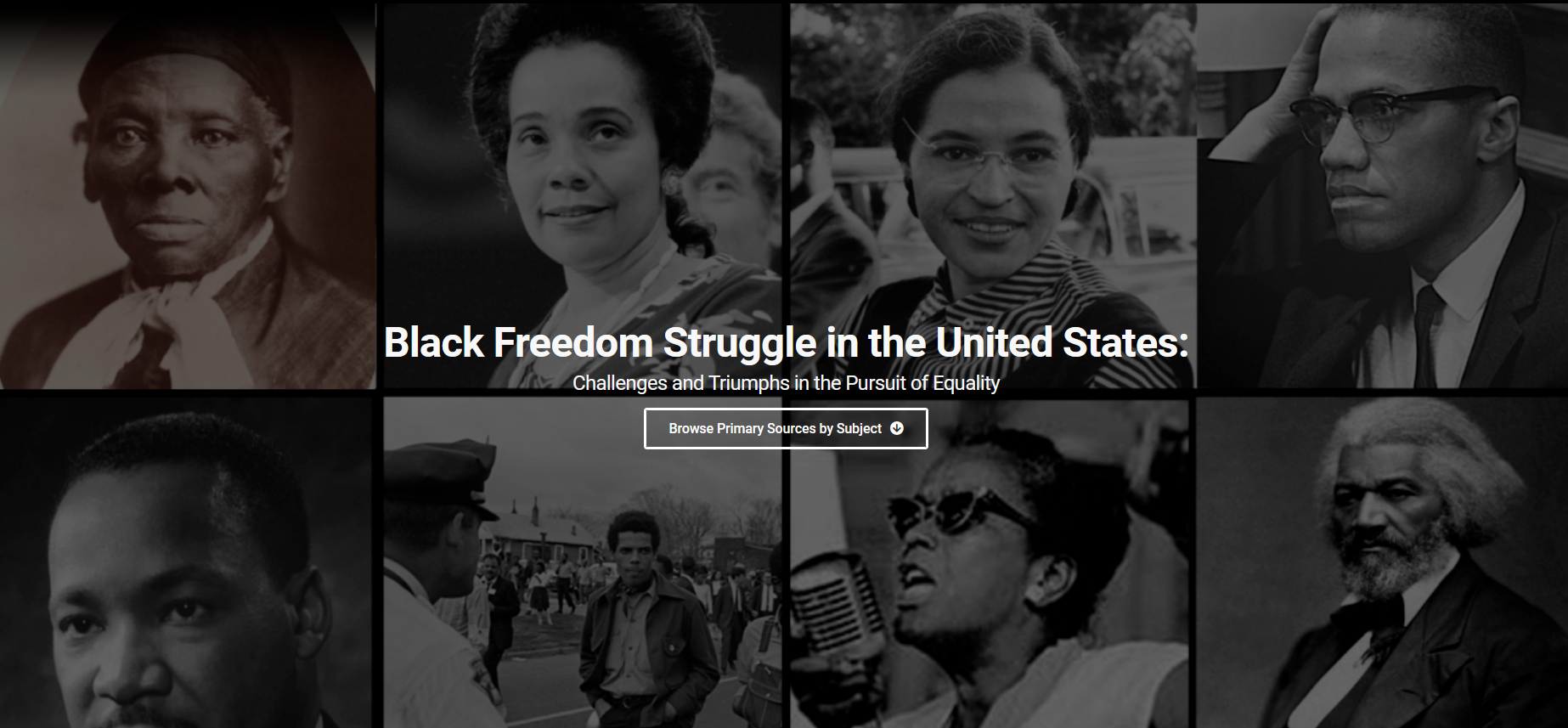Cambridge University members now have online access to all the archival collection Music periodicals of the 19th century published by Alexander Street Press.
HOW TO ACCESS
Access is available now via this link
Also available via the Cambridge E-Resources A-Z
Records for each periodical are findable in iDiscover – note each volume is retrievable in a book record – e.g., Henry de Marsan’s New Comic and Sentimental Singer’s journal
RESOURCE DESCRIPTION
Music Online: Music Periodicals of the 19th Century is a collection of full-text periodicals depicting American musical life from 1838 to the early 1900s through local and international news, reviews, editorials, sheet music, and advertisements.
Over 200,000 pages of material will be available for research on the Alexander Street multimedia platform – the only resource that allows users to cross-search the full text of all articles with videos, audio recordings, photographs, scores, and reference texts.
LOOK INSIDE

“A recent cursory description of the well-known Mozarteum, from the pen of an intelligent correspondent in a daily paper, mentons the fact that amongst the interesting relics of the divine composer exhibited to the public gaze at Salzburg, is a drawing of his ear, showing an abnormally large bell, as though nature intended him to be a gifted listener. … Anything will do for an ear, and a daub or two that would with equal propriety represent a dried fig or an oyster, would do duty for the above organ. … Small ears are invariably under greater disadvantage. Large ears are usually indicative of a more comprehensive taste. A narrow harp or harp-like opening always denotes a good ear for music. If the harp is very regular you may safely prognosticate a correct intonation. For a singer, the rim must be very even and the circle unbroken. Any protuberance on the rim of the ear will occasion a slight discrepancy of intonation – the singer will not be at all times alike. A perfect double rim is, on the other hand, highly advantageous. This is however, open to the weakness of easily being satisfied with sweet sounds of any kind.”– American Art Journal, v. 26, no. 12, December 16, 1876, p. 3
RELATED RESOURCES
You may also be interested in these online collections of historical music periodicals and more resources in the Cambridge Music LibGuide:
RIPM North American and European Music Periodicals (Preservation Series)
RIPM Retrospective Index to Music Periodicals with Full Text
THIS RESOURCE IS BROUGHT TO YOU WITH FUNDING FROM UKRI
This new acquisition is funded by a grant from UKRI (UK Research and Innovation) for building capacity through strategic investment in research priorities.
In Cambridge University Libraries we are proud to be recipients of the UKRI award enabling us to purchase high-priority, data rich electronic research resources to provide a step change in research capacity and research environment. The selection of resources has been informed by benchmarking with peer institutions and developing academic research priorities across multiple schools and themes, including diversification and the Global Humanities.










